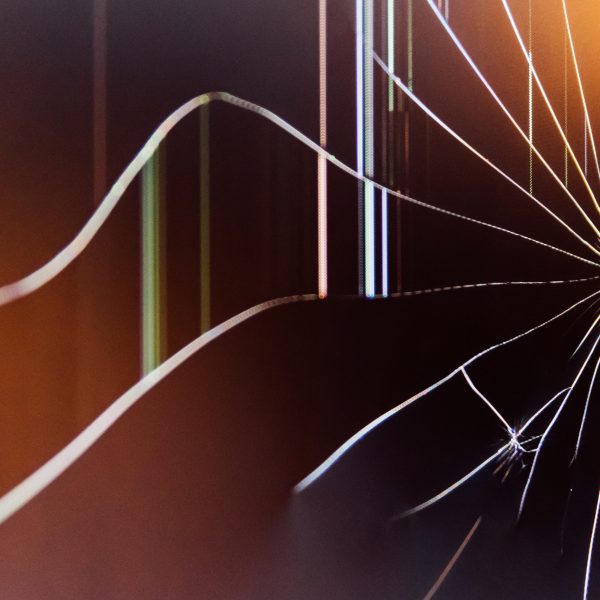Important safety update from WorkSafe regarding glass panels

WorkSafe Victoria have updated a previously issued safety alert in relation to glass panels, such as those used in sliding doors and windows, in early childhood education and care (ECEC) settings, originally published in August 2017, and last updated in June 2019.
WorkSafe recently accepted an enforceable undertaking offered by an early childhood education provider in relation to an incident in which a five year old child at a childcare facility leaned on a window which broke, resulting in a severe wrist laceration.
WorkSafe’s investigation found that the glass panel involved in the incident did not meet the requirements of the relevant Australian Standard, which requires glass within 1000 millimetres (one metre) of the floor level or ground level of childcare facilities to be Grade A safety glass.
Following the incident, WorkSafe conducted visits to early childhood education and care services, and observed a number of windows and doors with glass panels or inserts that may be a safety risk.
More than in other settings, WorkSafe said, glass panels in education and care settings can be “particularly vulnerable to human impact, for example when a person mistakes a fixed panel for a doorway or opening.”
Recommended ways to control risks
The Australian Standard AS 1288-2006 (Glass in buildings – Selection and installation) sets out procedures to select and install glass in buildings subject to factors such as wind and human impact.
To reduce the risks associated with glass panels in early childhood education and care services, WorkSafe recommends that duty holders comply with AS 1288-2006 and also:
- check whether safety glass is installed by looking at the markings on the glass (safety glass is marked by a label of a type that cannot be removed and reused or by a permanent mark on the glass surface)
- if unsure whether a childcare facility contains safety glass which is compliant with AS 1288-2006, arrange for a glazier to attend the workplace to audit all windows and glass doors
- replace or protect glass from impact in medium or high impact zones if it does not have a legible and permanent marking that identifies it as safety glass
- fit safety glass or thicker annealed glass in areas of a building which are prone to human impact
- ensure people know where glass is located by making it as visible as possible, for example, by using stiles, translucent strips or bars, or by making the glass opaque
- if glass in a door or side panel is not obvious, mark it to be visible
- treat glass with a product that prevents glass from shattering if broken
- guard glass with barriers that prevent children from striking or falling against it
- regularly conduct inspections of the workplace, including all areas with glass
These risk control measures, WorkSafe said, should also be considered when designing an early childhood education and care service, including all indoor and outdoor spaces and structures and taking the necessary precautions to reduce the risk of injuries that can result from glass breakage.
To read the alert, as produced by WorkSafe Victoria, please see here.
Popular

Economics
Provider
Quality
Workforce
3 Day Guarantee comes into effect: New CCS rules unlock access for families and children
2026-01-05 06:30:55
by Fiona Alston

Workforce
Quality
Canberra early learning service honoured with national award for team excellence
2026-01-05 07:00:44
by Fiona Alston

Workforce
Quality
Practice
Research
Embedding culture every day: Evans Head–Woodburn Preschool recognised for reconciliation leadership
2026-01-05 08:00:05
by Fiona Alston












